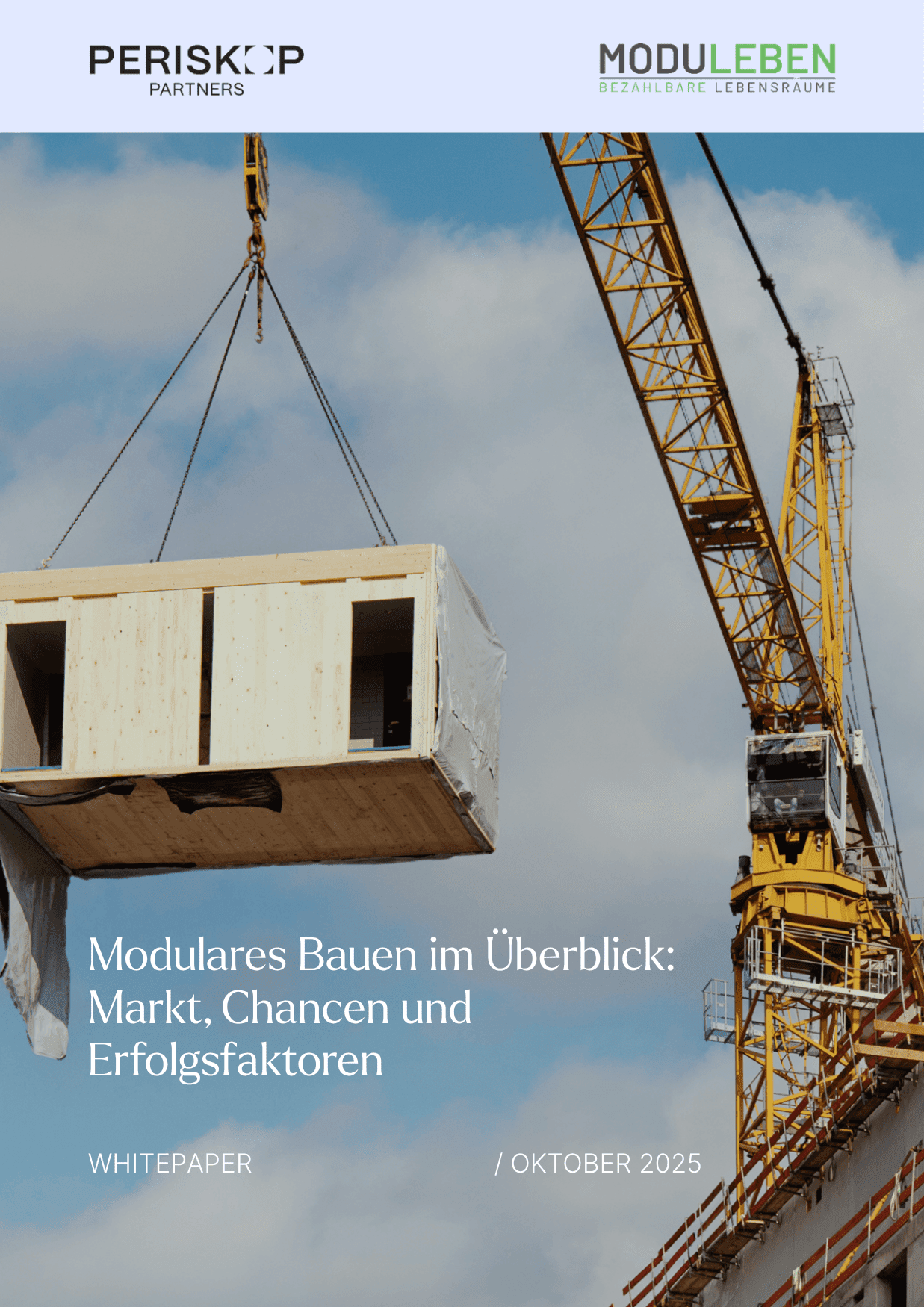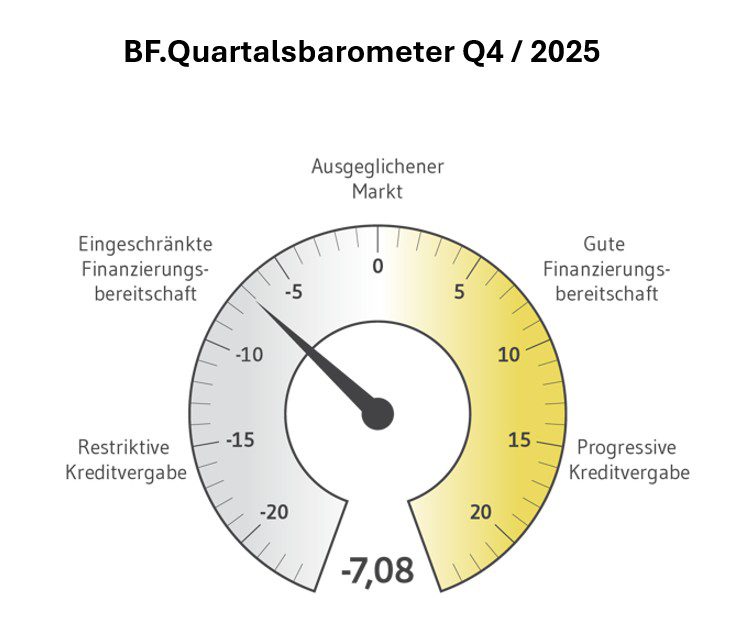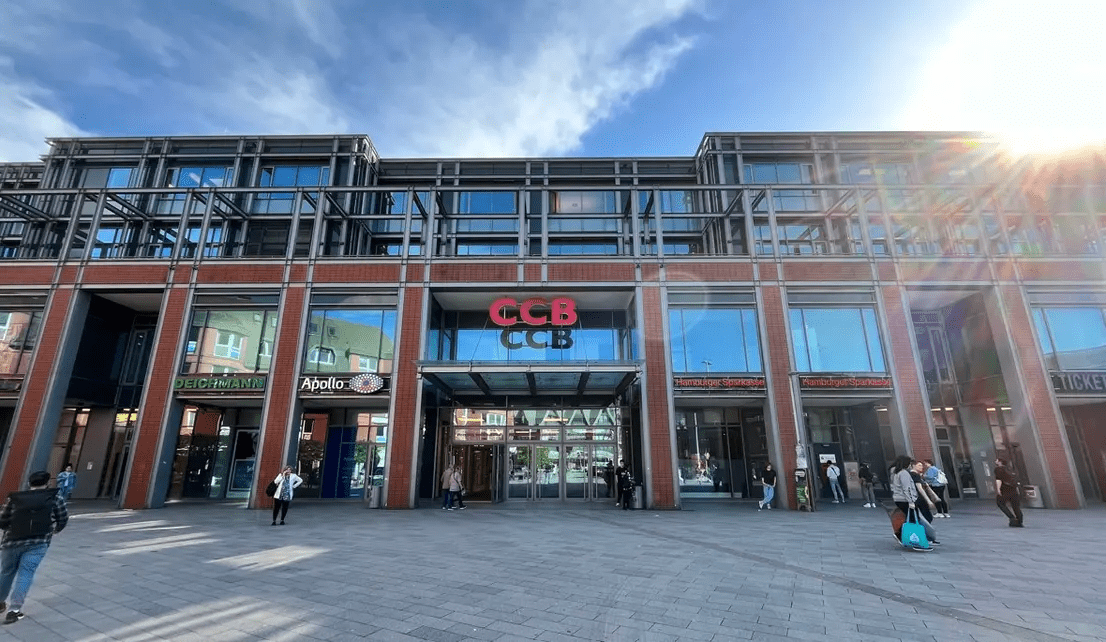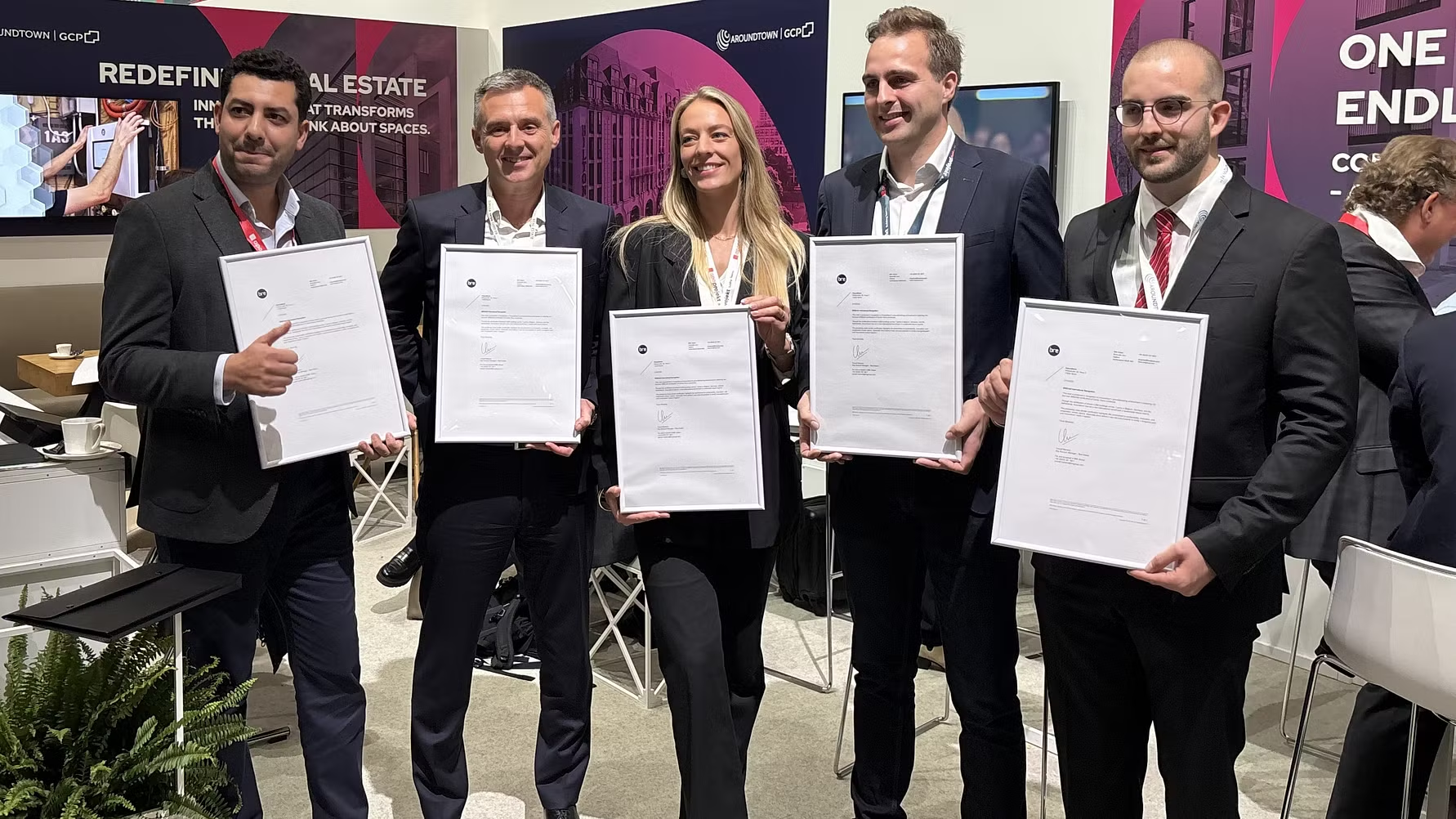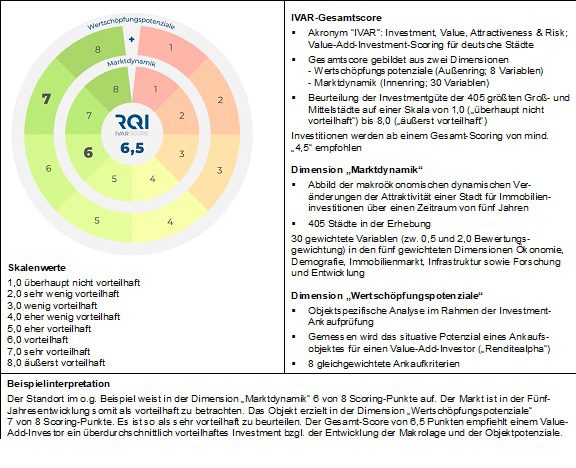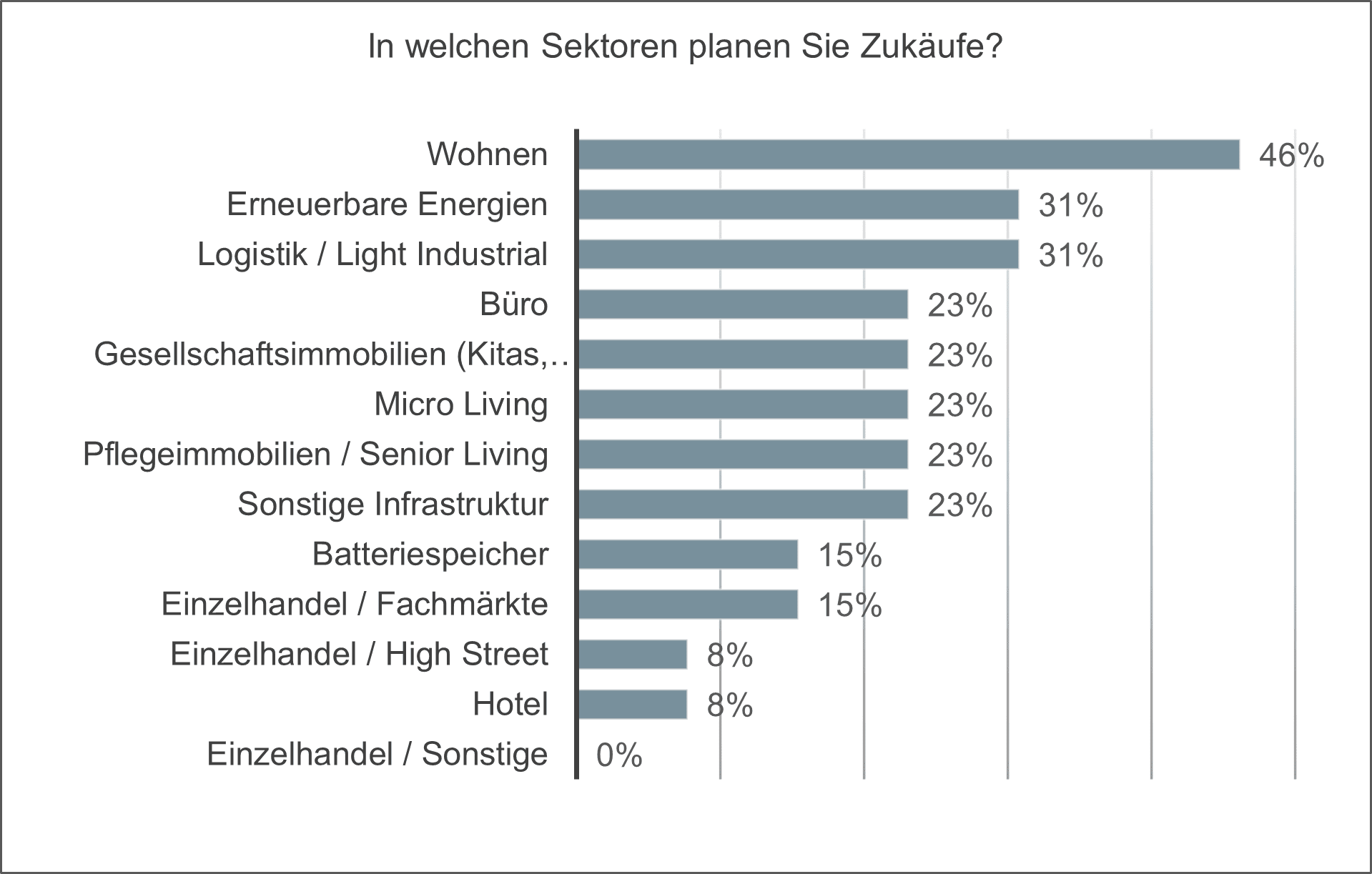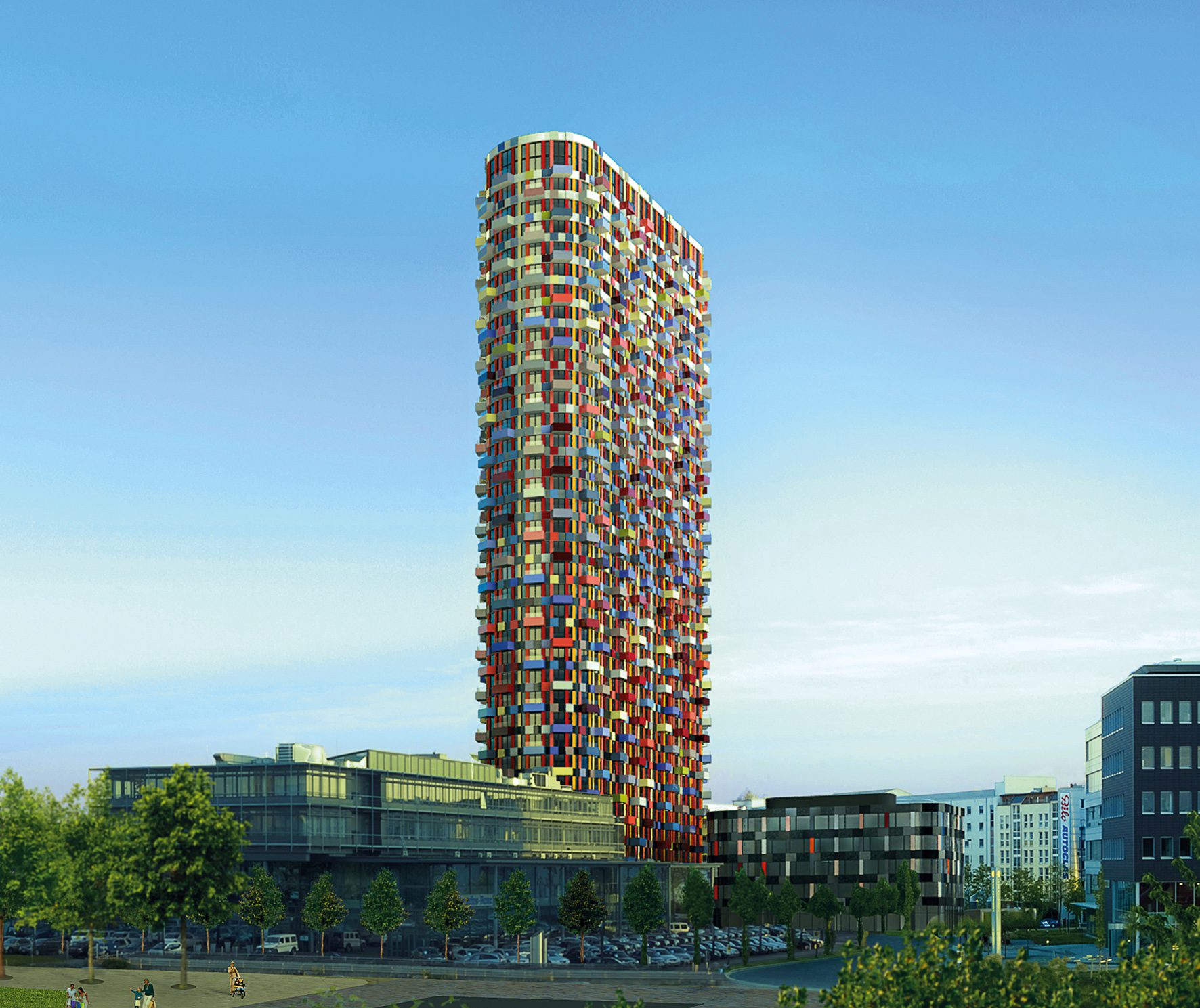Hardly any other topic is currently moving the construction and real estate industry as much as the search for fast, affordable and sustainable solutions to remedy the housing shortage. Rising construction costs and the shortage of skilled workers make more efficient approaches urgently necessary. The white paper “Modular Construction at a Glance: Market, Opportunities & Success Factors” published today by Periskop Partners and ModuLeben illustrates why modular construction can be an important part of the solution – and where the success factors lie for investors and developers.
Efficiency and sustainability as drivers
The analysis shows that industrially prefabricated modules or elements shorten construction times by up to 70 percent, reduce cost risks and facilitate planning. In addition, they reduce construction site emissions, enable a recycling rate of up to 90 percent and thus make a noticeable contribution to achieving climate targets. Modular concepts are becoming increasingly important, especially in segments such as residential construction, schools or healthcare buildings.
Realistic classification: Limits of modular construction methods
“Modular Construction at a Glance: Market, Opportunities & Success Factors” also points out limitations and challenges. Not every plot of land is suitable for modular solutions, transport and logistics costs can influence economic efficiency, and the architectural design freedom is less than with conventional construction. Prefabrication is also accompanied by early capital commitment and requires very precise planning already in the initial project phases.
Need for orientation in a fragmented market
It is clear that the market for modular construction methods in the DACH region is still highly fragmented. As part of the white paper, 21 suppliers were analysed – from specialised timber construction companies to highly industrial steel module experts. Differences in the choice of materials, the degree of prefabrication, the respective sustainability concept and the published data make comparability difficult. The publication offers a structured overview and shows which factors are decisive for the selection of suitable cooperation partners. In this way, it provides investors, developers and public clients alike with orientation in a dynamically growing segment.
The full white paper with detailed market analysis, cost comparisons and a decision matrix is available for download on the periscope website.
